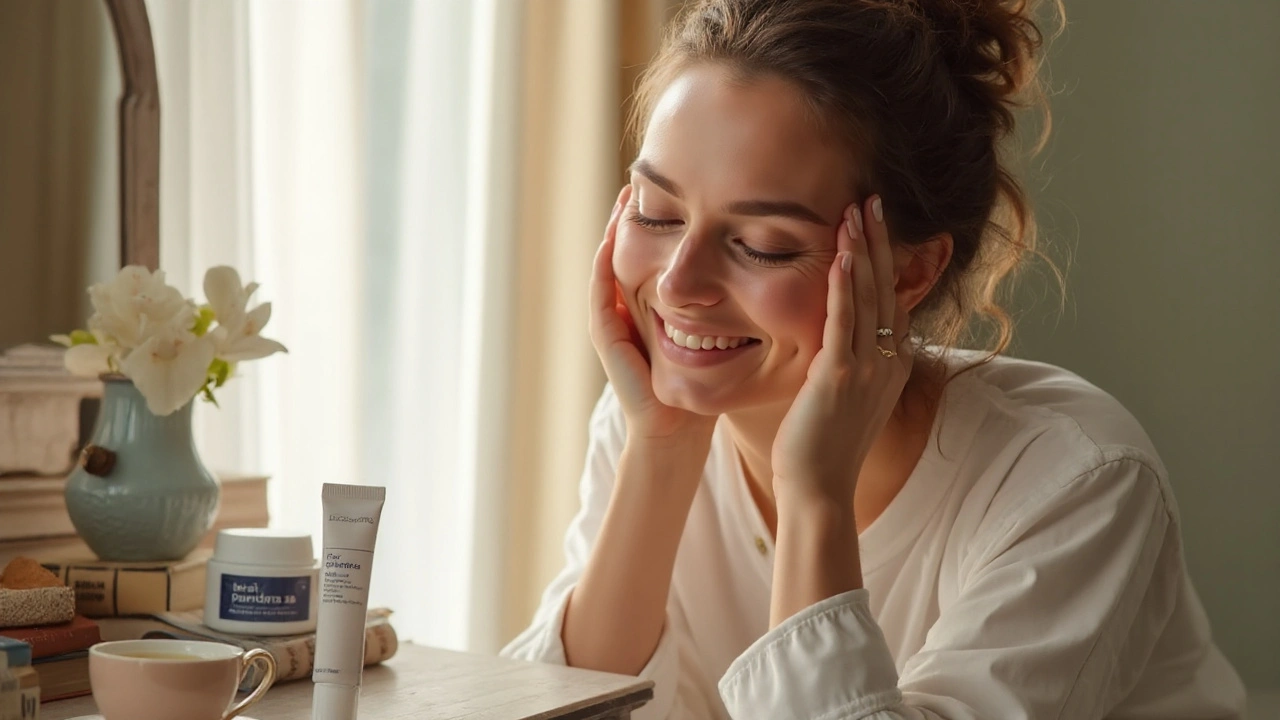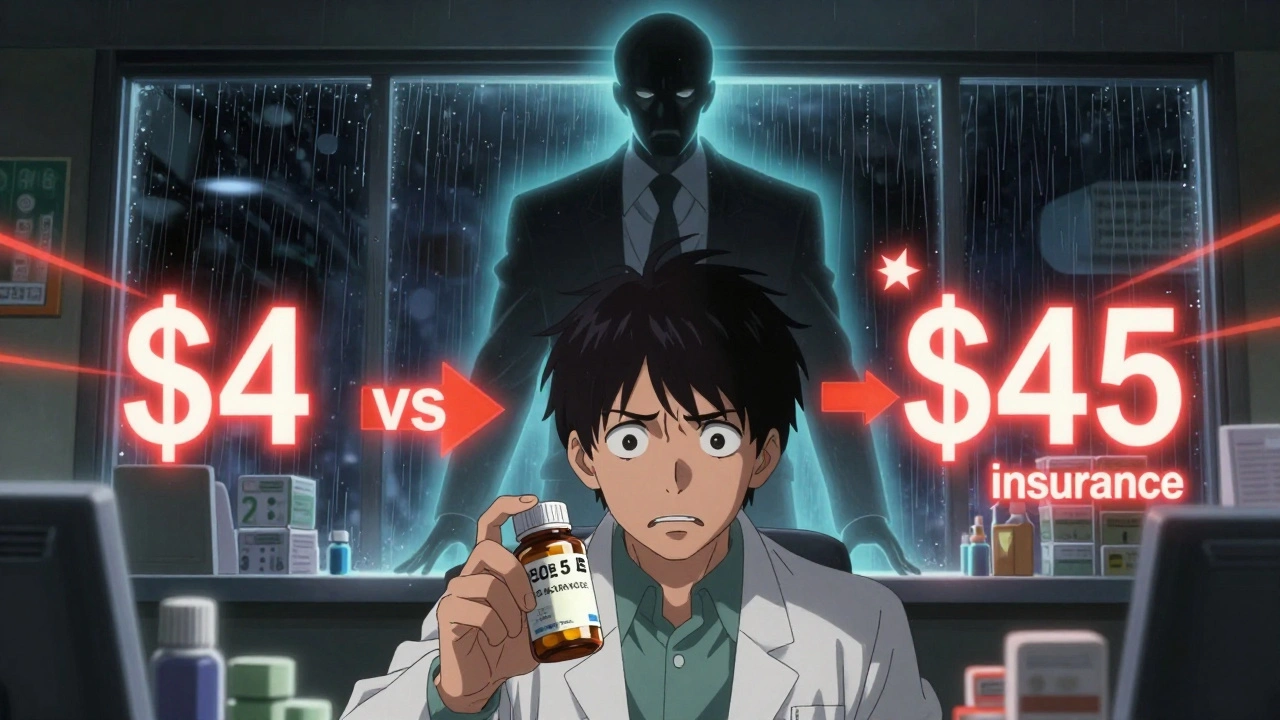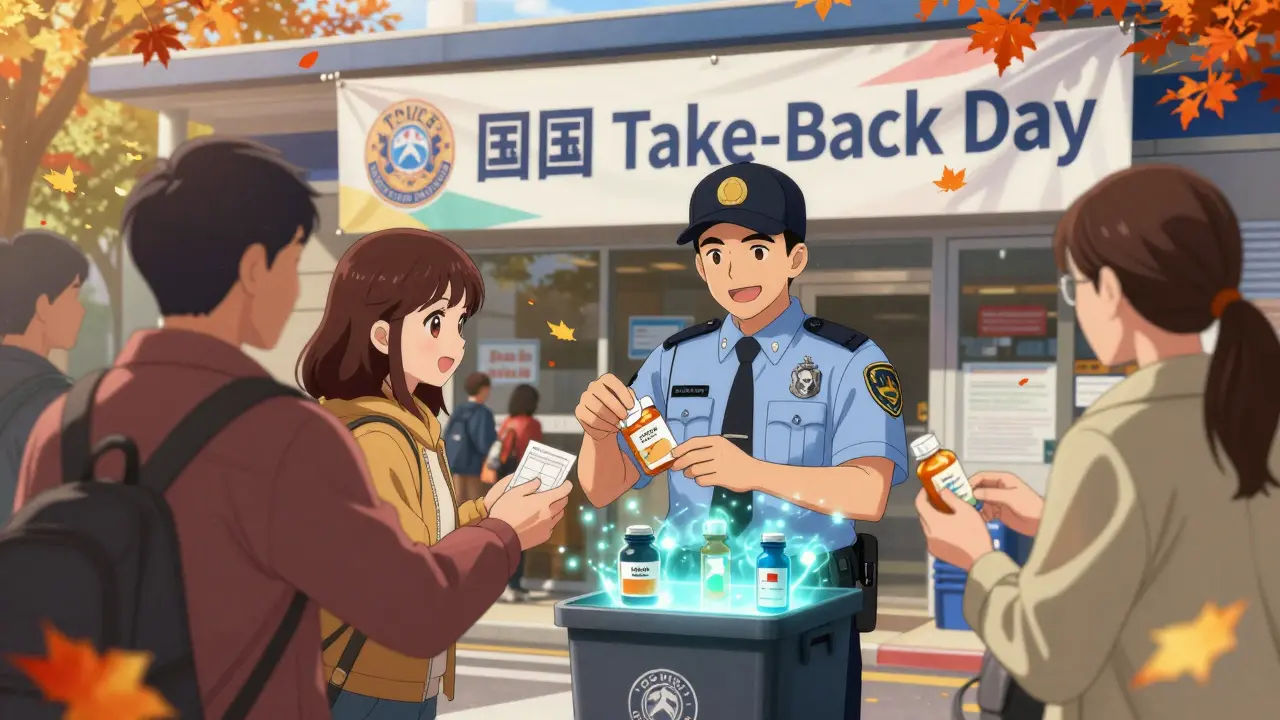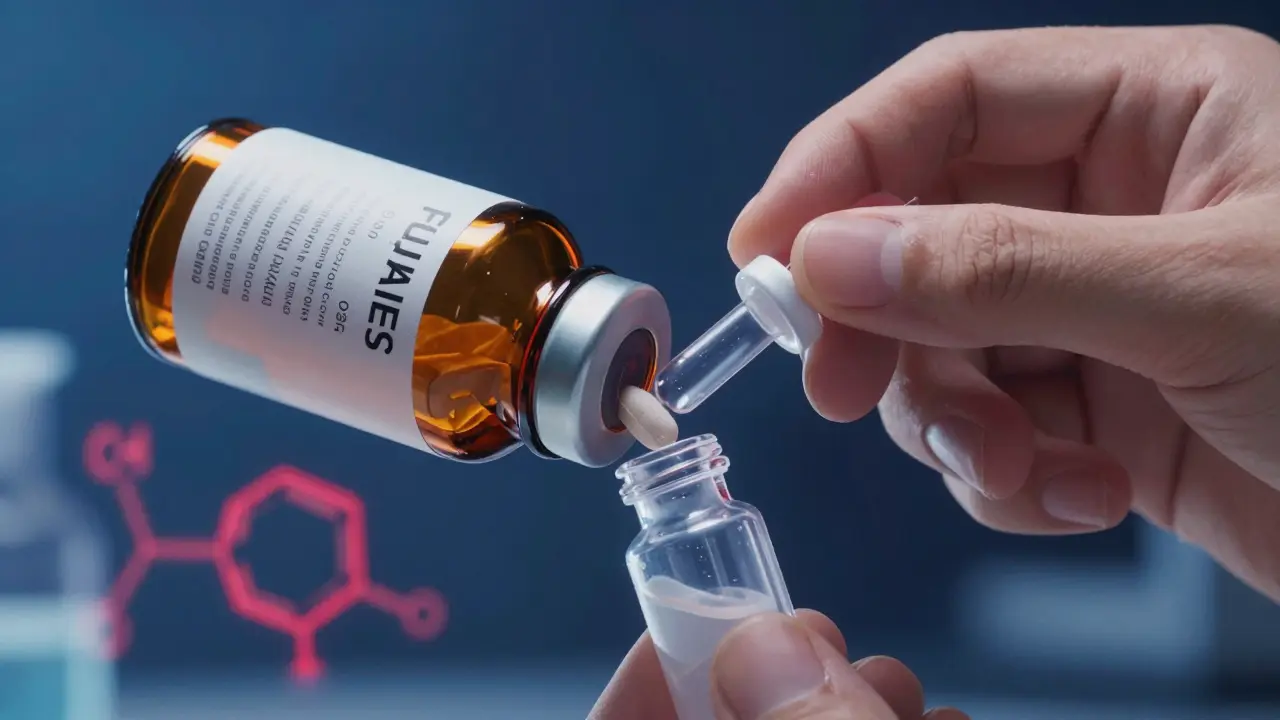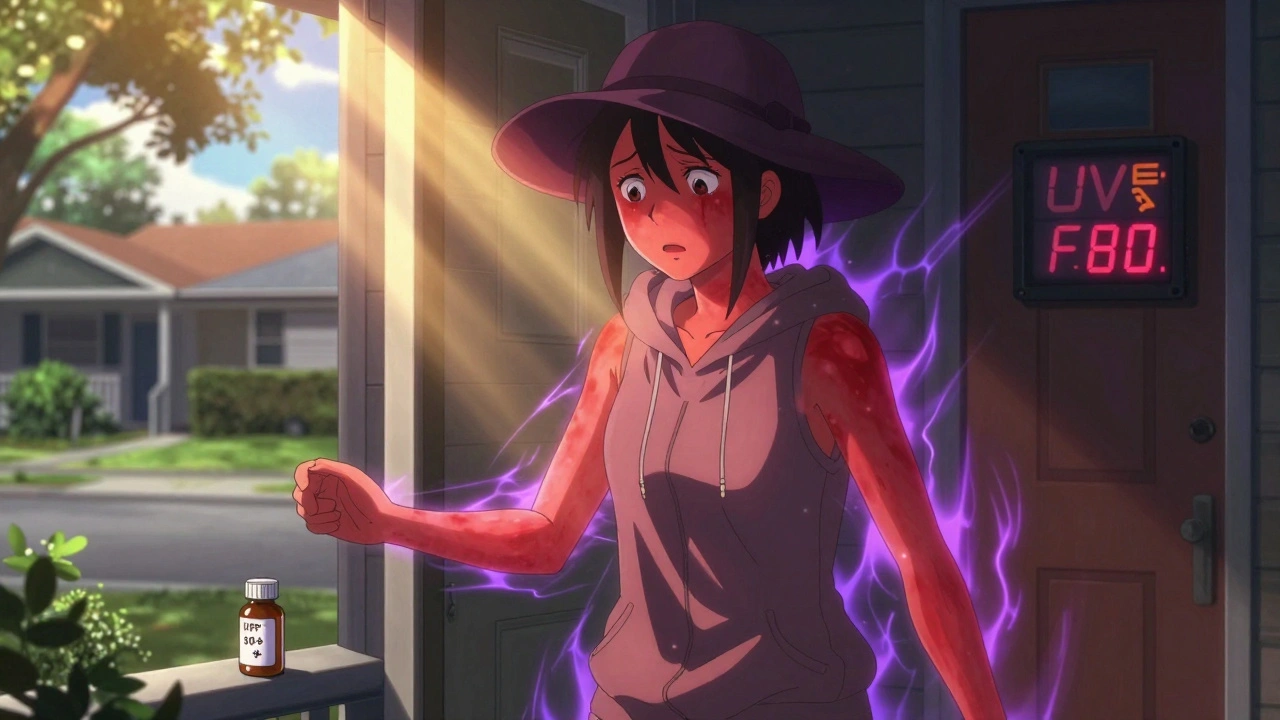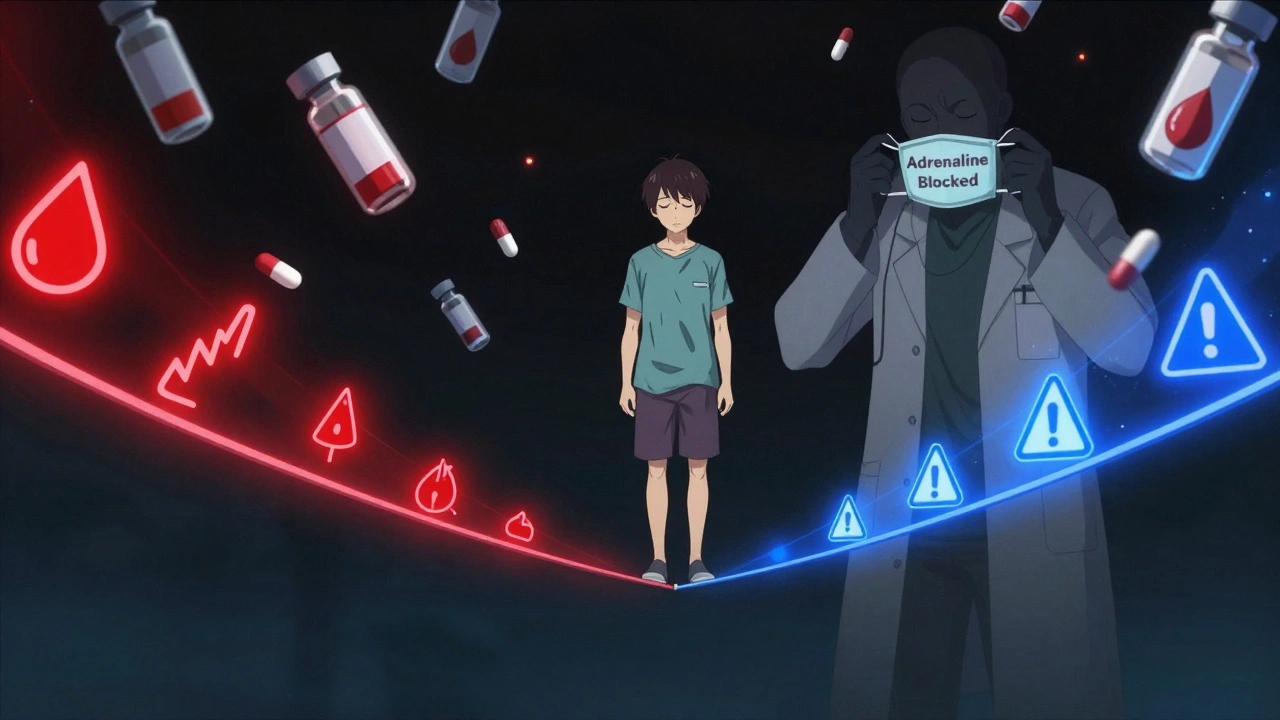Rosacea treatment: practical steps to reduce redness and flare‑ups
Red face after a cup of coffee, sun, or spicy food? That’s classic rosacea. You don’t need miracle cures—just a plan that mixes gentle daily care, trigger control, and the right meds when needed. This page gives clear, useful steps so you can stop guessing and start managing flare‑ups.
Topical and prescription options
Start with dermatologist‑recommended topicals. Metronidazole, azelaic acid gels, and topical ivermectin reduce inflammatory bumps and redness for many people. For visible flushing, brimonidine or oxymetazoline gels temporarily tighten small blood vessels and calm redness.
If you have pus bumps or persistent inflammation, low‑dose oral doxycycline (anti‑inflammatory dose) is often used. In stubborn cases your doctor may discuss isotretinoin or other stronger options. Always patch test new topicals on a small area and follow a prescriber’s advice—rosacea skin can react quickly to harsh products.
A quick warning: common acne treatments like benzoyl peroxide and strong scrubs can sting and worsen rosacea. If you’re tempted to try acne fixes you found online, check with a clinician first.
Daily care and lifestyle fixes
Small habit changes cut flare‑ups a lot. Keep a trigger diary for two weeks—note food, drinks, weather, exercise, and stress. The usual suspects are sun, heat, spicy foods, alcohol, hot showers, and strong emotions. Once you know your triggers, you can avoid or reduce them.
Skincare basics that help: use a gentle, fragrance‑free cleanser, pat skin dry, and apply a mineral sunscreen (zinc oxide or titanium dioxide) every morning. Choose lightweight, non‑comedogenic moisturizers to maintain the skin barrier. Skip toners, scrubs, and alcohol‑based astringents that dry or strip skin.
When going out, protect skin from sun and wind with a hat and scarf. For exercise, cool down quickly after workouts—warm‑up and cool‑down routines help. If alcohol is a major trigger, reduce intake or switch to drinks that don’t cause a reaction; if you take medications like spironolactone, check safety tips about drinking and drug interactions.
Laser or intense pulsed light (IPL) therapy can reduce persistent blood vessels and long‑term redness. These treatments work well for many, but expect several sessions and discuss risks with a specialist.
Need a next step? Try a two‑week plan: keep a trigger log, switch to a gentle cleanser and mineral sunscreen, and book a dermatology consult if redness or bumps don’t improve. With steady steps, rosacea becomes easier to control—less guessing, more results.
Soolantra Cream: The Real Deal for Rosacea and Skin Mite Troubles
Learn how Soolantra cream works for treating rosacea and skin mites, why it has become a favorite among dermatologists, and realistic tips on using it for clear, healthy skin.

